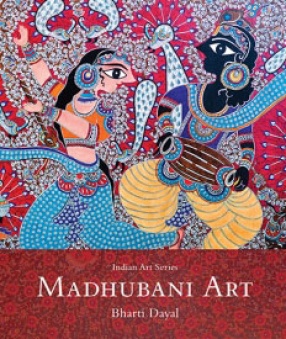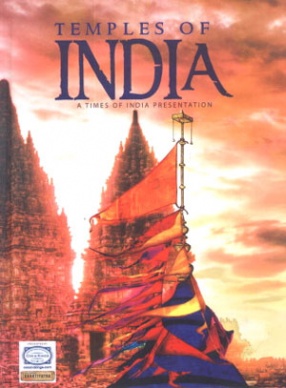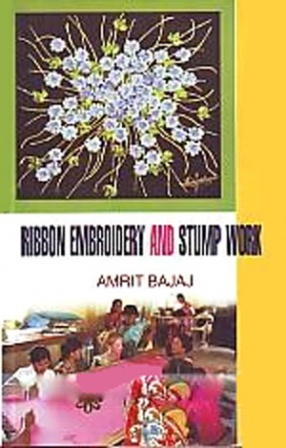Madhubani, literally meaning madhu (honey) and ban (forest), i.e., a forest of honey, is a folk art form of the Mithila region of Bihar and parts of Nepal. Its origin is believed to go back to the ancient era of the Ramayana, when the town was decorated by inhabitants of the region for the wedding of Lord Rama and Sita with elaborate wall paintings and murals. The philosophy of Madhubani art is essentially based on the principle of dualism. The artscape appears inundated with divine deities, the sun and moon, and flora and fauna along with features found in Buddhism, Islamic Sufism, tantric symbols and classical Hinduism.
Primarily a significant socio-cultural engagement for the womenfolk of Bihar, this art was a welcome break from their daily drudgery. Immersed in the folklore of Mithila, fresh forms and figures are painted and repainted on walls and floors of their homes to mark special occasions. Well-established procedures are followed and techniques are passed on from one generation to the next, keeping the ephemeral art form and ancestral tradition and its lore alive.
Madhubani artists today are seen to work more with brushes and acrylic paint rather than natural dyes and pigments. They now also work on paper, cloth, canvas and wood to create art and artifacts, besides painting on walls and floors.





There are no reviews yet.